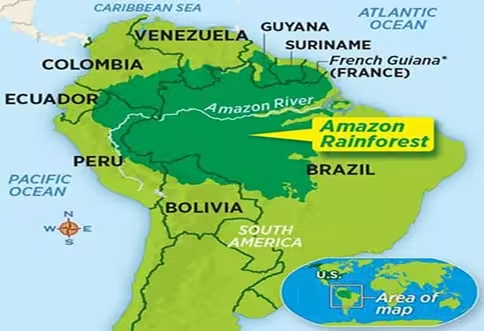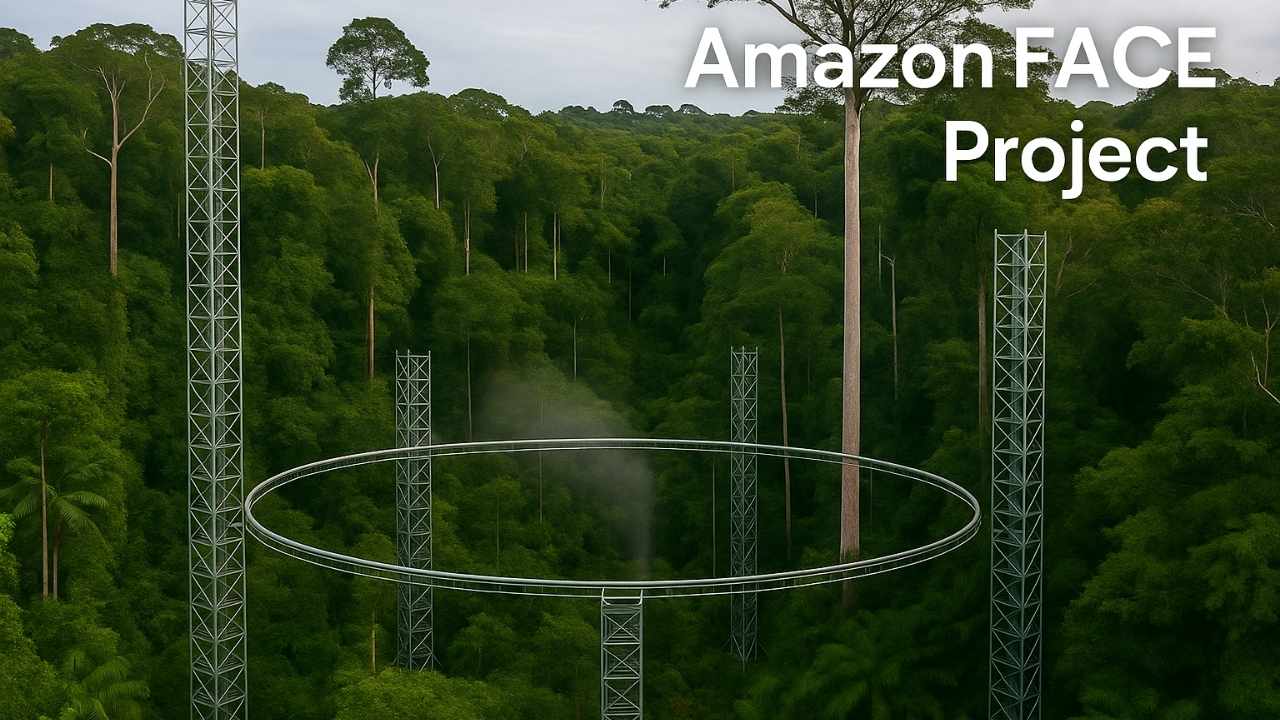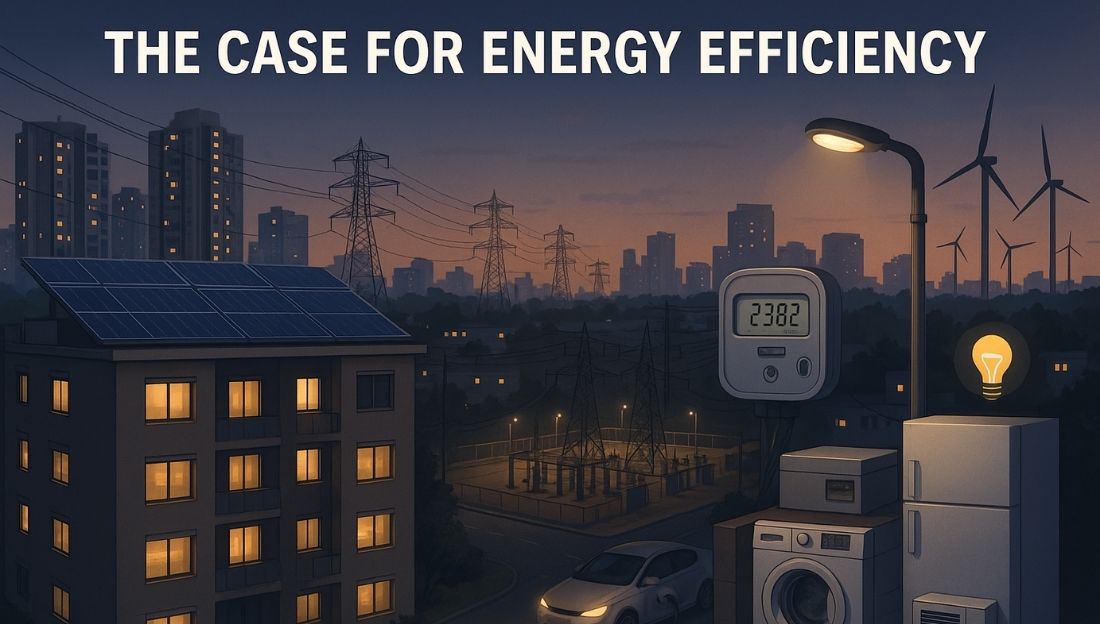Scientists in Brazil have recently begun the AmazonFACE Project near Manaus to study how the Amazon rainforest reacts to rising carbon dioxide (CO₂) levels. This marks the first large-scale CO₂ enrichment experiment in a tropical forest.
What is the AmazonFACE Project?
- A scientific experiment designed to study how mature Amazon rainforest trees respond to future atmospheric CO₂ levels.
- Conducted in an old-growth forest near Manaus, Brazil.
- Backed by the Brazilian government and the UK.

Technology Used
- Uses Free-Air CO₂ Enrichment (FACE) technology.
- FACE systems release controlled CO₂ into open forest areas to imitate future climate conditions without enclosing the ecosystem.
How the Project Works
- Six circular steel towers are installed over the forest canopy.
- Each ring surrounds 50–70 grown trees.
- Three rings receive extra CO₂ (to simulate future climate conditions).
- Three rings act as control zones with normal air.
- Sensors measure:
- Tree CO₂ absorption
- Oxygen and water vapor release
- Response to sunlight, rainfall, storms
- Changes in growth and soil health (data every few minutes)
Significance
- Helps predict how tropical forests will behave in future high-carbon environments.
- Important for global climate models, as Amazon is a key carbon sink.
- Supports climate policy planning and forest conservation strategies.
This topic is available in detail on our main website.





